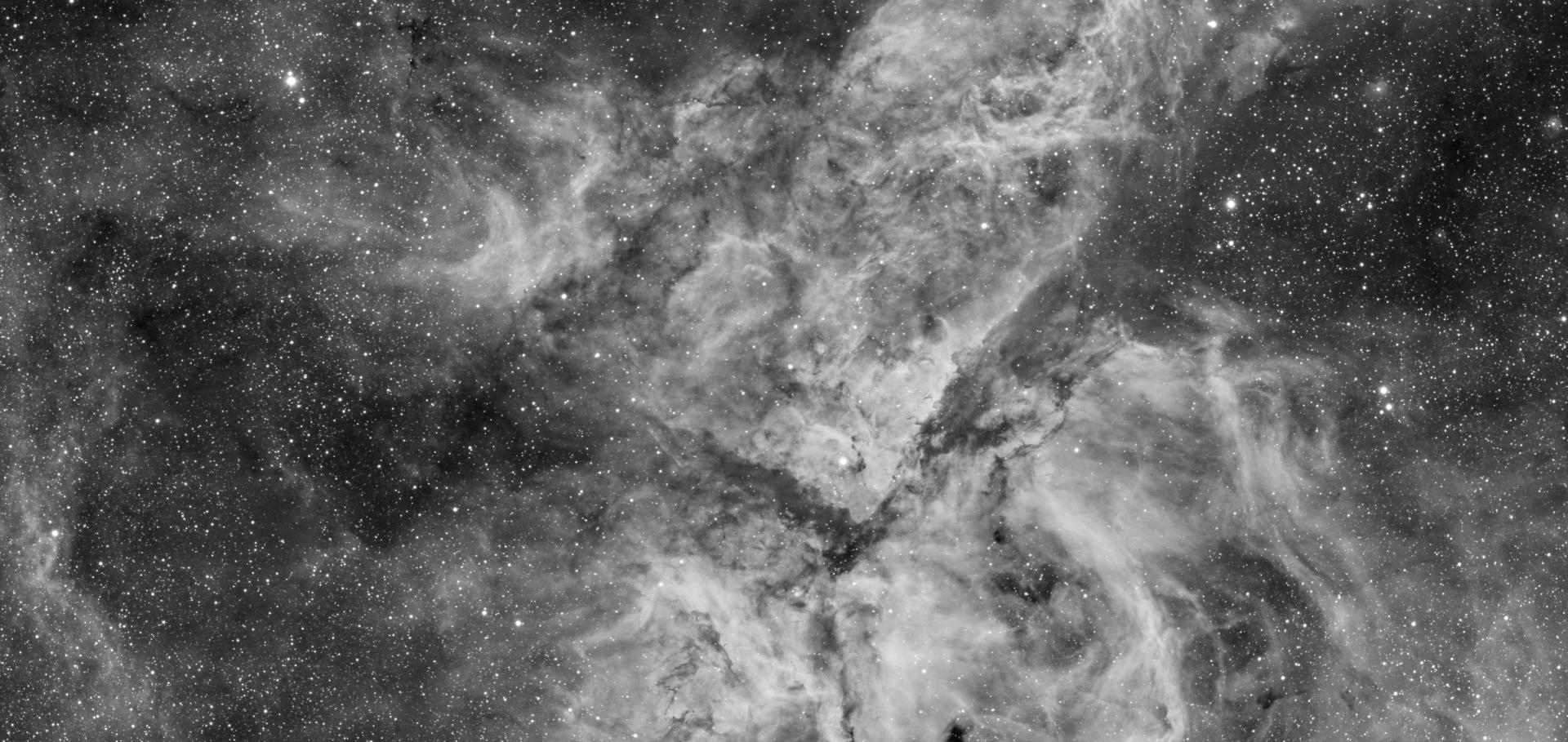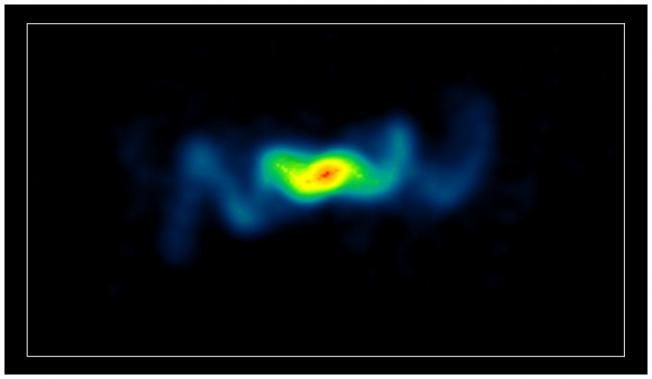Maser radiation from astrophysical jets
ASTR SOC P 250 (2002) 164-169
Abstract:
Electromagnetic radiation from jets is normally considered to be incoherent synchrotron emission. Some aspects of radiation from both stellar and extragalactic jets could, however, be due to coherent emission mechanisms. Coherent radiation mechanisms have the advantage of being able to account for the high brightness temperatures inferred from some observations. One of the most popular coherent radio emission mechanisms is the electron cyclotron maser instability. In this article we discuss electron cyclotron maser emission associated with particular types of charged particle acceleration commonly inferred in astrophysical jets, including turbulence and shocks.Models of decelerating relativistic jets in 3C 31
ASTR SOC P 250 (2002) 269-275
Abstract:
We model the brightness and polarization structure of the inner jets in the low-luminosity radio galaxy 3C 31 on the assumption that they are intrinsically symmetrical, axisymmetric relativistic jets. Our approach is to make parametrized models of velocity, emissivity and field ordering, to predict the radio emission and to optimize the parameters by fitting to deep, high-resolution VLA observations of Stokes I, Q and U. Our models axe in excellent agreement with the observations for an angle to the line of sight of approximate to 50degrees. The jets decelerate from v/c approximate to 0.9 to sub-relativistic speeds on several-kiloparsec scales. We use this velocity variation, together with the formulation of conservation of particle number, energy and momentum given by Bicknell (1994), to calculate the physical parameters of the flow. ROSAT observations constrain the external pressure distribution, allowing us to derive unique solutions for pressure, density, Mach number and mass flux as functions of distance from the nucleus. Both stellar mass injection and entrainment of the surrounding IGM axe likely to contribute to jet deceleration.Models of polarized and variable radio emission in the IDV source 0917+624
ASTR SOC P 250 (2002) 147-151
Abstract:
We examine the power spectrum of intra-day variability and describe the new information which can be derived from wavelet analysis of light curves of the quasar 0917+624. Results for total and polarized flux at 11 cm are shown. Both interstellar scattering and intrinsic models have difficulties in explaining the similar to 1 day period variations. A theoretical model for the time-averaged emission is presented. This provides a basis for the analysis of possible variations.NGC 6251 at multiple scales and wavelengths
ASTR SOC P 250 (2002) 294-297
Abstract:
We have studied the FRI radio galaxy NGC 6251 and its environment at several wavelengths and scale lengths. On the large scale, we have probed the gravity field by measuring the velocity dispersion of the cluster members associated with NGC 6251 and relating this to, the cluster's X-ray emission. On the small scale, the gravitational information is provided by cold HI near the nucleus and the distribution of stars and gas near the centre of the galaxy. The cold HI gas which we have measured explains the absorption of the central X-ray emission and is consistent with the extinction through the recently discovered HST gas disc of NGC 6251.New radio-galaxy X-ray results from Chandra
ASTR SOC P 250 (2002) 224-229



